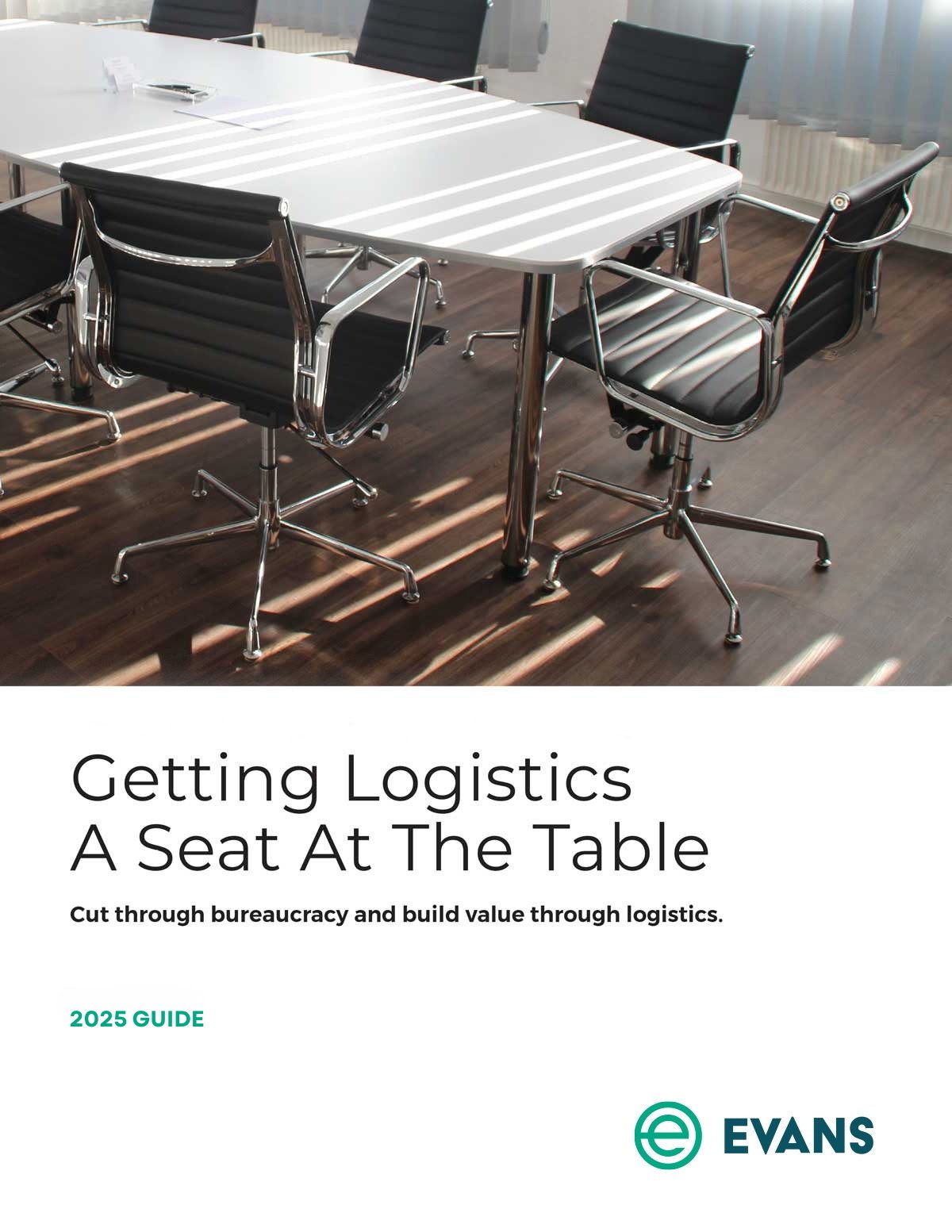When shipping truck parts, aim for perfection by preparing for problems.
Heavy, irregularly shaped, and relatively fragile truck parts are challenging to ship. Parts must arrive in perfect condition and on time to keep assembly lines moving smoothly.
Here are four tips for preventing damage to the cargo and securing the best rates for your freight when shipping truck parts.
4 tips for shipping truck parts
1. Know the expectations
Let’s assume you are buying a couch or dining room table. If you are buying new, you are spending good money to get your furniture in new condition. If an item you ordered new was delivered with a rip or dent, you would refuse that item, right?
A new item means pristine condition. Of course, you know that nicks and bumps will happen, but you want to be the first to make them.
Truck parts fall into the same delicate category as your new hardwood dining table. Parts in the truck and trailer industry are expected to withstand the stresses of demanding use and with time will suffer chips, dents, and rust damage.
But even with heavy-duty application in mind, if the parts are ordered new, the expectation is that they will arrive in perfect condition. Even hard-wearing landing gear for the bottom of the trailer must arrive in pristine condition.
2. Anticipate potential dangers in handling
When the high standard of “new condition” comes up against the realities of shipping, you’ve got a problem. In the course of normal daily transit, shipping may cause damage. Bumps with a forklift or against an adjacent pallet could result in chipped paint. The remedies of painting and replacement are available, of course, but the expectation remains that your truck parts arrive new — not “like new,” but real, pristine, “new condition.” So how do you meet that high standard for your parts?
The best starting point is to identify how damage could happen to your truck parts. Improper packaging is often the culprit. The good news with most truck parts is that you are often shipping the same part again and again. Because these parts are not unique, you just have to get the packaging right once and then repeat.
We offer packaging engineers who review your product and can identify the proper burst values of corrugated boxes. We often find that habitual instances of damage are corrected with minimal expense.
But even if the product is packaged sufficiently, it could run into a carrier mishap from stacking, crushing, or chipping. This creates a significant challenge for shipping truck parts, which customers can reject simply because a box is dented.
When the integrity of an internal product is critical, a dented box alerts the customer to potential damage. A dented box requires additional manpower to inspect a possibly damaged product and administrative fees for inspection. The expectation is a shelf-ready product; otherwise, you are in danger of rejection by the customer.
To reduce this type of damage, identify special handling needs by labeling the exterior of the product and putting special instructions on the bill of lading (BOL). This may include specifying no stacking or palletization.

